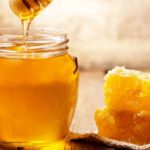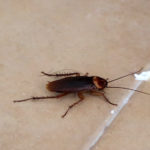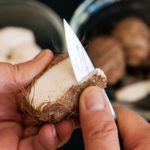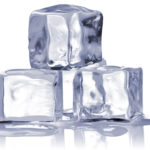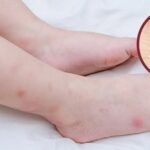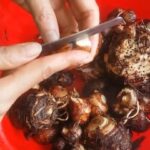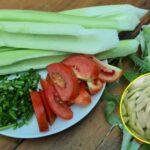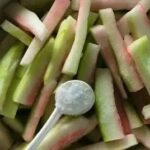As the weather transitions to a wetter season, the three-chambered ant is causing chaos, with a reported surge of 80-100 patients per day for ant bites compared to the previous month, according to the Ho Chi Minh City Dermatology Hospital. So, what is this three-chambered ant, and what are the do’s and don’ts when it comes to diet after being bitten to promote healing and prevent dark scars? Let’s dive in!
Unveiling the Three-Chambered Ant:
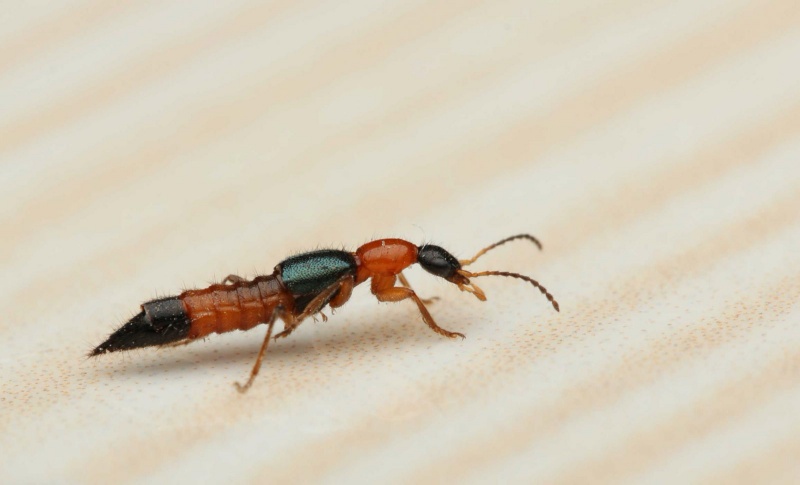
The three-chambered ant, with the scientific name P.literatus, is a member of the beetle family. It boasts a unique appearance, showcasing black and red colors and a rice grain-like shape with uneven segments. Notably, it possesses two hard wings on the upper part and two silky wings underneath, enabling it to move by walking or flying. However, what sets it apart is the presence of Pederin toxin, which can inflict skin burns, blisters, and inflammation ranging from mild to severe. The toxicity of this poison is no joke—it’s 12-15 times stronger than cobra venom. Thankfully, since the poison only comes into contact with the skin in small amounts, it doesn’t pose a life-threatening risk like snake bites.
Understanding the Damage: Injuries Inflicted by the Three-Chambered Ant
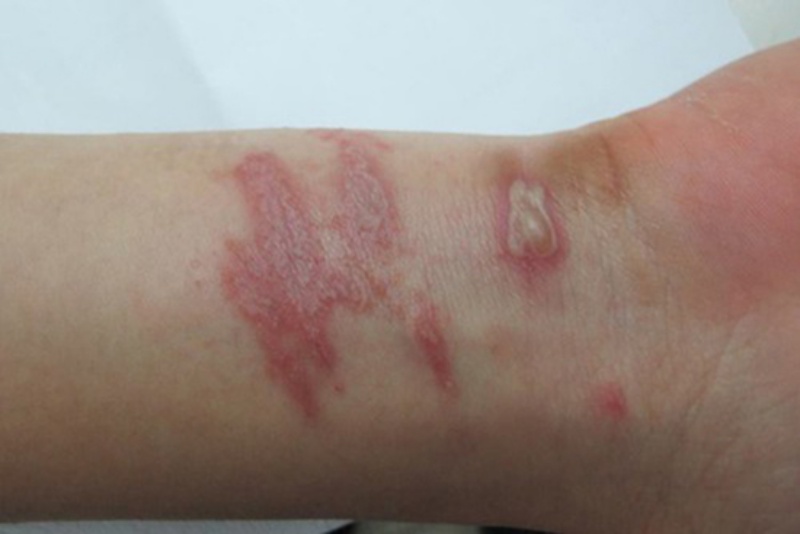
When these ants bite, the affected skin area exhibits red streaks and slightly raised bumps, along with small pustules or blisters. The wound may also cause blistering, a burning sensation, and intense itching. It’s crucial to be vigilant as the rupture of blisters can spread the toxic fluid inside, affecting the surrounding skin. Proper first aid and medical attention are imperative to mitigate the impact.
Dietary Don’ts: Foods to Avoid After a Three-Chambered Ant Bite

Wounds from these ant bites result in swelling, a burning sensation, and intense itching. To promote healing and prevent further discomfort, it’s essential to steer clear of allergy-inducing foods and those with a pungent odor. This includes seafood like shrimp, crab, and clams, which are rich in free histamine. These free histamines can trigger allergic reactions, so it’s best to avoid them to prevent any unwanted responses due to the ant bite.

It’s also wise to limit sugary products like candy, syrup, and soft drinks, as they can exacerbate itching and redness, slowing down the healing process.

Additionally, reducing the consumption of acidic foods like lemons and pickled vegetables is recommended. These foods can strain the kidneys and digestive system, hindering detoxification and delaying wound healing. They also increase the risk of skin infections, which is the last thing you want when dealing with ant bites.

Processed and pre-packaged foods should also be minimized due to their high content of additives and preservatives, which can worsen allergic reactions, itching, and redness.

Lastly, it’s advisable to refrain from consuming stimulants and colored beverages to prevent aggravating the symptoms and giving your body the best chance to recover.
Dietary Do’s: Nourishing Your Body After a Three-Chambered Ant Bite

While knowing what to avoid is crucial, it’s equally important to focus on what you should eat. Increase your intake of nutritious foods, especially leafy greens and fresh fruits, which are rich in vitamins, minerals, and fiber. This boost to your immune system will help prevent inflammation and speed up the healing process.
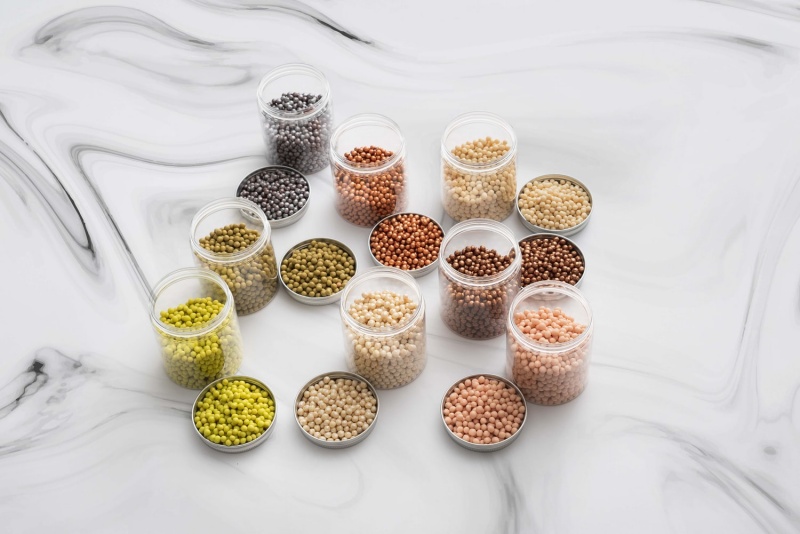
Whole grain cereals, like beans and peanuts, are also excellent choices to alleviate itching and redness while providing your body with essential nutrients.

Furthermore, to strengthen your immune system and expedite healing, consider taking additional vitamin A, B, and E supplements.
We hope that this guide has equipped you with the knowledge to identify the three-chambered ant and effectively manage your diet after a bite to promote healing and prevent scarring.
Stay tuned for more insightful health-related articles in our [Health and Wellness] section, and don’t forget to check out our recommended reads below!
The Ultimate Guide to Washing Mosquito Nets: Say Goodbye to Itchy Hands
Introducing a revolutionary way to keep those pesky insects at bay – say goodbye to itchy hands and mouths with our all-natural solution! Wash your mosquito nets with a mixture of water and our secret ingredient, and you’ll never have to worry about those irritating bites again. Keep reading to discover the ultimate protection for a peaceful night’s sleep.

























